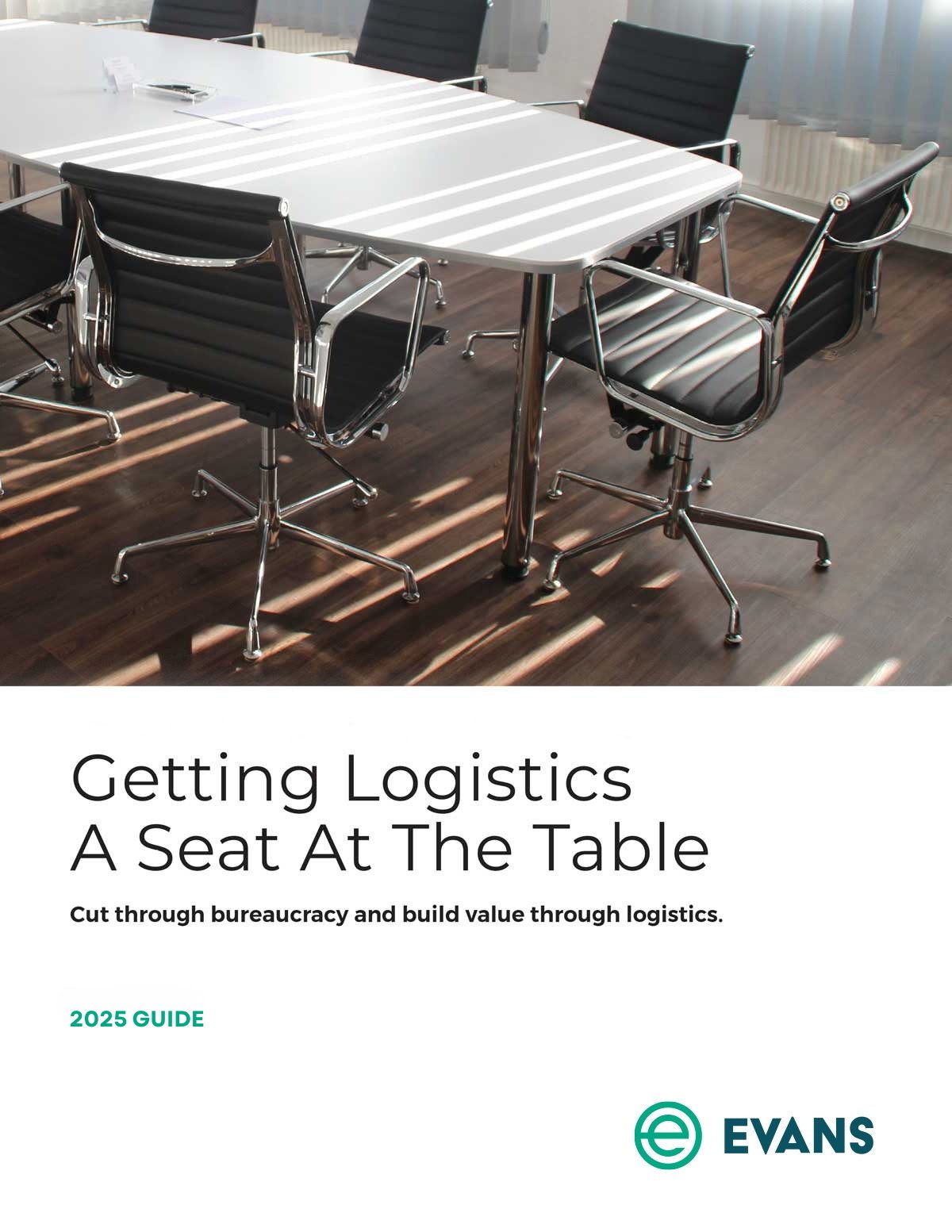Savvy competitors are lining up to challenge Amazon/Whole Foods on grocery delivery.
We just wrote about the impacts of the Amazon/Whole Food partnership on food transportation. Since that merger, several new partnerships have formed, signaling that grocers are beginning to embrace mobile ordering and grocery delivery. But can they meet the logistical challenges?
What are the logistical issues behind grocery delivery?
The Amazon Effect has put pressure on supply chains to expedite deliveries and meet increasingly high customer expectation for speed and ease of delivery. But the last mile presents many logistical issues, especially with grocery delivery.
Moving a product from a warehouse to the customer’s front doorstep is both critical to customer satisfaction and the most difficult part of grocery delivery. Order fulfillment starts at the warehouse, where orders are picked, packaged, and sorted for delivery. Technology is another significant factor in last-mile logistics. From meeting customer expectations with live tracking and tracing to automation, technology is rapidly changing last-mile delivery.
Amazon’s grocery delivery offerings
The acquisition of Whole Foods set the stage for Amazon to work around many of the traditional last-mile logistical challenges. For example, Amazon has added lockers to aid pick up of e-commerce deliveries at their Whole Foods stores.
Size matters, too — Amazon’s scale allows it to competitively price products for delivery to Prime members. Amazon continues to tinker with their offerings, which vary regionally. At the time of writing, Amazon offers two delivery programs: Prime Now and Amazon Fresh. These services are expected to merge by the end of 2018.
Prime Now started in 2014 and features Amazon’s 2-hour delivery service. This uses central hubs to deliver e-commerce items and groceries, now including groceries from Whole Foods. Scheduled grocery delivery is available through AmazonFresh. Most of the food products are stored in Amazon’s warehouse facilities, but include local grocery stores and now Whole Foods as well.
Once a customer places an order, a picker collects and packages the food from Whole Foods. The order is then delivered by an Amazon Flex delivery driver. Much like Uber, this is a contractor who uses his/her own car but Amazon’s app to make deliveries.
Amazon’s juggernaut of data and logistics is already changing grocery delivery and will continue after the merger. For now, we are watching Amazon explore the opportunities that came along with the Whole Foods merger, and learning from their experience in the various regional markets.
Who are the challengers to Amazon’s grocery delivery services?
Amazon/Whole Foods is a huge presence in the grocery delivery scene due to Amazon’s reach. But other startups are looking to pair with grocers to get a slice of the delivery market.
Instacart
Boasting partnerships with six out of seven of the largest grocery stores in the U.S. and a presence in more than 210 North American markets, Instacart is the major player in grocery delivery. Founded in 2012, it brought in $200 million of funding in February 2018, with plans to enhance digital logistics tools, expand the corporate team, and bring grocers of all sizes onto its platform.
With Instacart, customers place their orders online before crowd-sourced shoppers select the food from the shelves, pay for it, pack it up, and deliver it. Instacart uses the floor layout information to optimize the shopping time and is planning to move into self-checkout. As you can imagine, there are many logistical hurdles to this process.
Walmart
Walmart is working with a variety of logistics partners to offer grocery delivery in 50 markets, and they are on track to reach 100 metro areas by the end of this year. Walmart’s model teams up their in-house personal shoppers with logistics platforms that manage crowd-sourced drivers. Here’s more detail on a few of their partners:
- Postmates – Founded in 2011, Postmates offered on-demand meal delivery, then expanded to high-end groceries. Last April, Postmates stepped up to the Amazon challenge with a Walmart partnership. Postmates/Walmart offers grocery delivery for online orders, with Walmart’s personal shoppers doing the shopping and Postmates handling the delivery. They are now adding Ford to the mix to test the use of self-driving vehicles for grocery delivery.
- DoorDash – DoorDash is a rapidly expanding logistics startup that grew from food delivery logistics to grocery delivery with Walmart. They are heavily invested in AI and machine learning and experimenting with drone and robot delivery. They recently raised another $250 million in funding.
- Spark Delivery/Bringg Delivery Logistics Platform – Walmart recently announced this new last-mile delivery option for online grocery orders. It is based on the delivery logistics platform Bringg, which optimizes driver schedules, automatically dispatches orders, and handles driver coordination. Bringg has customers in a variety of sectors including retail, e-commerce, and food, as well as service and logistics providers. With $22 million of series B financing, Bringg is up and coming in this space.

